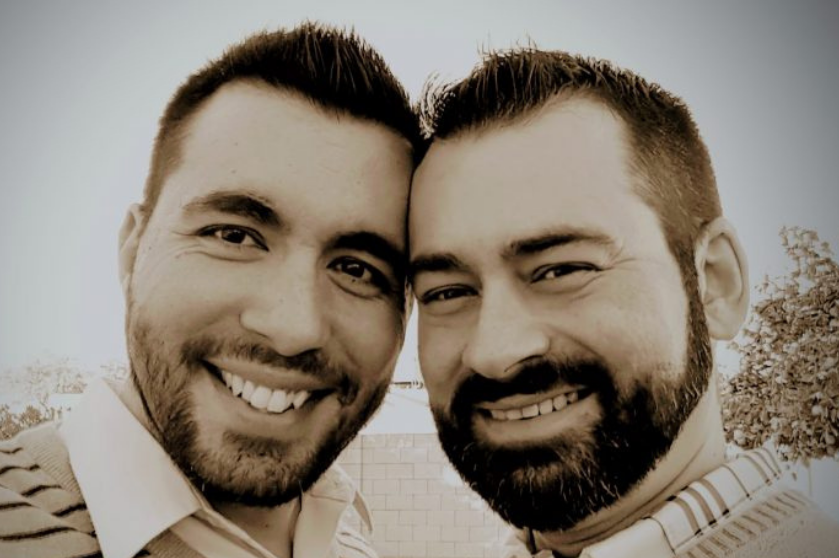
How to Adapt Your Brand Statement for Use Across Your Career Materials
Getting Started
After creating your brand statement, you can adapt it for your CV or resume summary and LinkedIn “About” section. Please see examples of the brand statement and its adaptations below.
Key Takeaways
- Can be in first person or without pronouns; best to avoid third person because it can sound awkward.
- Use your brand statement as a diving board to help you build your resume summary and LinkedIn “About” summary.
Brand Statement Example 1
Penetration tester skilled in Python, Kali Linux, Metasploit, hashcat, and Burp Suite. Holds a certificate from [school’s] Cyber and Network Security program. Certifications include CompTIA Security+ and PenTest+. An effective problem solver who brings both technical aptitude and an understanding of business processes. Able to leverage background in computer science and forensic data analysis to evaluate complex systems for potential threats. Proven success in conducting tests to identify system vulnerabilities and prevent future security breaches. Security enthusiast who is motivated by collaboration, innovation, and cross-team knowledge sharing to ensure compliance with security best practices.
Brand Statement Example 2
Detail-oriented Security Analyst experienced in online security research, planning, execution, and maintenance. Certificate in cybersecurity from [school name], with a background in training and educating internal users on relevant security procedures and preventative measures. Four-plus years’ experience with Python and Bash scripting, Linux, Windows, and Kali Linux, with CompTIA certifications in Security+, Network+, and Linux+. Critical thinker who specializes in network monitoring, security software installation, and working to prevent cyberattacks in business and corporate settings. Passionate about security and driven to stay up to date on the latest trends and tools in the InfoSec community. Successfully collaborated with development teams to provide expertise and systems analysis, resulting in the integration of security best practices into the Software Development Life Cycle (SDLC).
Brand Statement Example 3
Security engineer with a BS in computer science, an MS in information technology, and a certificate in cybersecurity from [school name]. Certified Ethical Hacker (CEH) with additional certifications in Security+ and CISSP (Certified Information Systems Security Professional). Extensive experience with Python programming and Bash scripting, secure network design and architecture, vulnerability assessment, and cryptography. Generated security reports on penetration testing, risk analysis, and policy and procedure evaluation for executive review, increasing awareness of security best practices at all levels of the organization. Aims to leverage background as a software engineer to effectively bridge the gap between security and engineering teams. Strengths in configuring and auditing detection and prevention technologies, coupled with success collaborating cross-functionally, will make a valuable contribution to any security team.
Adapting for the Resume Summary
Key Takeaways
- Must not include pronouns.
- Omit details listed elsewhere on the resume for conciseness (e.g., education, a full list of technical skills, specific achievements or projects). The exception to this is if you want to emphasize a qualification, such as the 2U, Inc., parent company of edX, program, at the top of the resume.
- Summary should be three to five sentences where you highlight a mix of the role you want at graduation, achievements, and soft skills.
Example 1
Penetration tester with a background in computer science and forensic data analysis and a certificate in cybersecurity from[school]. Certifications include CompTIA Security+ and PenTest+. An effective problem solver who brings both technical aptitude and an understanding of business processes. Security enthusiast who is motivated by collaboration, innovation, and cross-team knowledge sharing to ensure compliance with security best practices.
Example 2
Detail-oriented security analyst experienced in online security research, planning, execution, and maintenance. Certificate in cybersecurity from [school name], with a background in training and educating internal users on relevant security procedures and preventative measures. Four-plus years’ of relevant experience with CompTIA certifications in Security+, Network+, and Linux+. Critical thinker who specializes in network monitoring, security software installation, and working to prevent cyberattacks in business and corporate settings.
Example 3
Accomplished security engineer and a certificate in cybersecurity from [school name]. Certified Ethical Hacker (CEH) with additional certifications in Security+ and CISSP (Certified Information Systems Security Professional). Aims to leverage background as a software engineer to effectively bridge the gap between security and engineering teams. Strengths in configuring and auditing detection and prevention technologies, coupled with success collaborating cross-functionally will make a valuable contribution to any security team.
Adapting for the LinkedIn Summary
Key Takeaways
- More similar to the brand statement than to the resume summary.
- First person is ideal, but omitting all pronouns is okay. Third person should be avoided, since it can sound awkward.
- You can use your brand statement as is on LinkedIn, but there is flexibility in formatting. The content can be expanded if desired but should avoid listing every detail about your experience, skills, etc., since those are listed in sections underneath in your profile.
- Might include an invitation to connect at the end (great for those wanting to expand their network).
- LinkedIn instructions on adding bullets and links to your profile: https://www.linkedin.com/help/linkedin/answer/1237/formatting-text-or-adding-links?lang=en
Example 1
I am a security analyst who believes the devil is in the details! My experience in online security research, planning, execution, and maintenance has taught me how important it is to pay attention to the details, as those little, often overlooked bits of information are usually where a system’s vulnerabilities are.
I hold a certificate in cybersecurity from [school name], with a background in training and educating internal users on relevant security procedures and preventative measures. I’m a critical thinker who specializes in network monitoring, security software installation, and working to prevent cyberattacks in business and corporate settings.
In the past, I have successfully collaborated with development teams to provide expertise and systems analysis, resulting in the integration of security best practices into the Software Development Life Cycle (SDLC).
My CompTIA certifications include:
- Security+
- Network+
- Linux+
Eager to connect with you to learn more about how I can provide top-quality security for your organization!
Example 2
Penetration tester with a certificate in cybersecurity from [school name]. Certifications include CompTIA Security+ and PenTest+. An effective problem solver who brings both technical aptitude and an understanding of business processes. Able to leverage background in computer science and forensic data analysis to evaluate complex systems for potential threats.
Proven success in conducting tests to identify system vulnerabilities and prevent future security breaches. Security enthusiast who is motivated by collaboration, innovation, and cross-team knowledge sharing to ensure compliance with security best practices.
Feel free to reach out so we can connect [hyperlink LinkedIn profile if applicable]!






